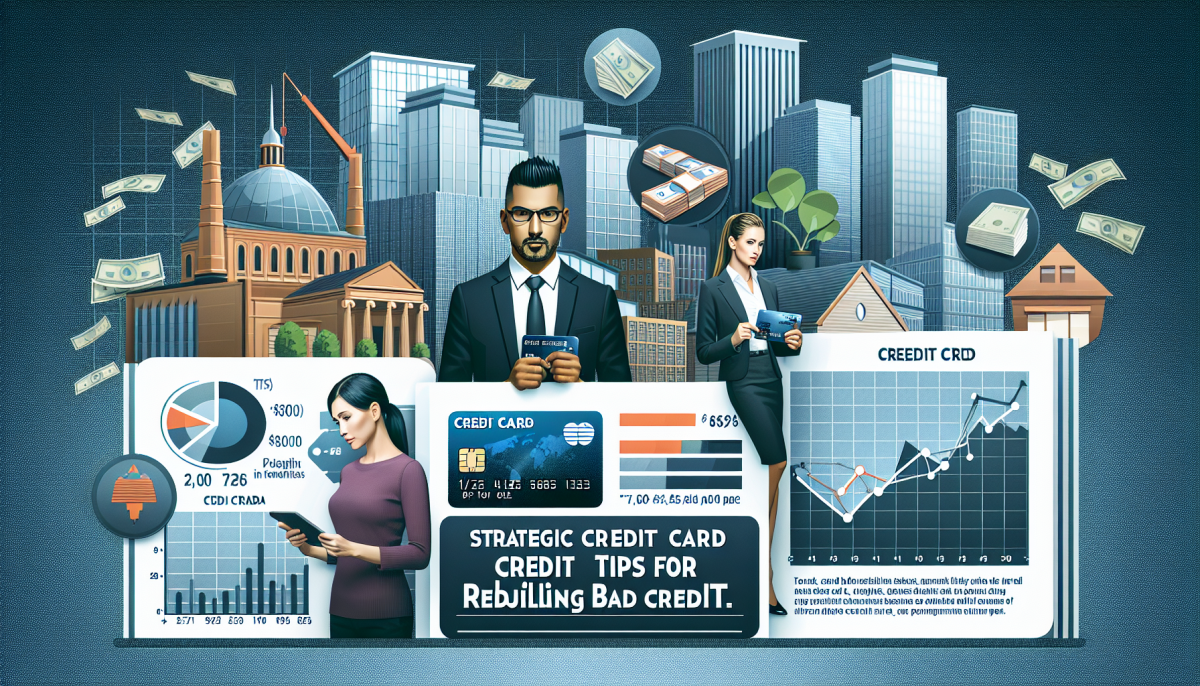Rebuilding bad credit can be a challenging task, but with the right strategies and tools, it is possible to improve your credit score over time. One valuable tool that can help in this process is a credit card. By using a credit card strategically, you can gradually rebuild your credit and improve your financial standing. In this article, we will discuss some strategic credit card tips for rebuilding bad credit.
Understanding Your Current Credit Situation
Before you can effectively rebuild your credit using a credit card, it is essential to have a clear understanding of your current credit situation. Obtain a copy of your credit report from the major credit bureaus – Equifax, Experian, and TransUnion. Review your credit report carefully to identify any negative marks, such as late payments, collections, or bankruptcies, that may be impacting your credit score. Understanding where you stand will help you determine the best course of action for rebuilding your credit.
In addition to reviewing your credit report, it is also important to know your credit score. Your credit score is a numerical representation of your creditworthiness and is used by lenders to determine your eligibility for credit. A low credit score can make it difficult to qualify for credit cards or loans with favorable terms. Knowing your credit score will help you set realistic goals and track your progress as you work towards improving your credit.
Once you have a clear understanding of your current credit situation, you can start implementing strategic credit card tips to rebuild your bad credit.
Implementing Strategic Credit Card Tips
One of the first steps in rebuilding bad credit with a credit card is to apply for a secured credit card. Secured credit cards require a cash deposit that serves as collateral for the credit limit. By making timely payments on a secured credit card, you can demonstrate responsible credit use and improve your credit score over time. Look for a secured credit card with low fees and a reporting feature, which reports your payment history to the credit bureaus.
Another strategic tip for rebuilding bad credit with a credit card is to keep your credit utilization low. Credit utilization refers to the percentage of your available credit that you are using. Keeping your credit utilization below 30% is ideal for improving your credit score. To achieve this, try to pay off your balance in full each month or keep your balances low relative to your credit limit. This demonstrates to lenders that you are responsible with credit and can help boost your credit score.
Lastly, make sure to make all your credit card payments on time. Payment history is one of the most significant factors in determining your credit score. Late payments can have a significant negative impact on your credit score, so it is essential to pay your bills on time each month. Consider setting up automatic payments or reminders to ensure that you never miss a payment. Making timely payments consistently will show lenders that you are reliable and can help rebuild your credit over time.
Rebuilding bad credit with a credit card requires discipline, patience, and strategic planning. By understanding your current credit situation and implementing the right credit card tips, you can gradually improve your credit score and financial standing. Remember to review your credit report, know your credit score, apply for a secured credit card, keep your credit utilization low, and make timely payments. With dedication and perseverance, you can rebuild your bad credit and move towards a healthier financial future.


